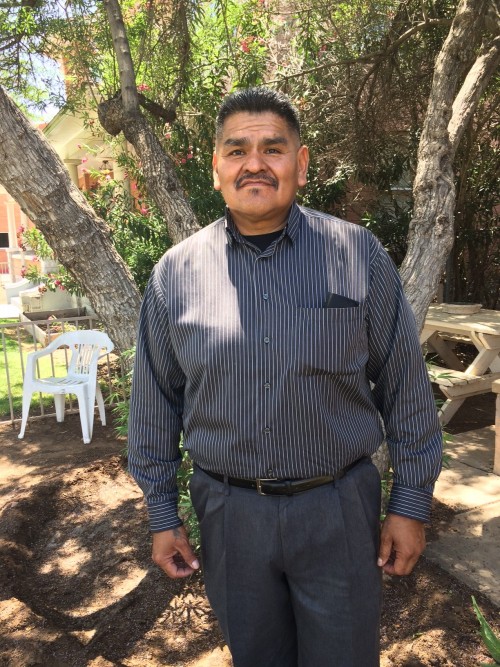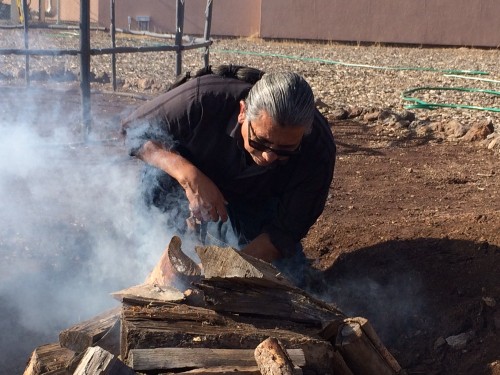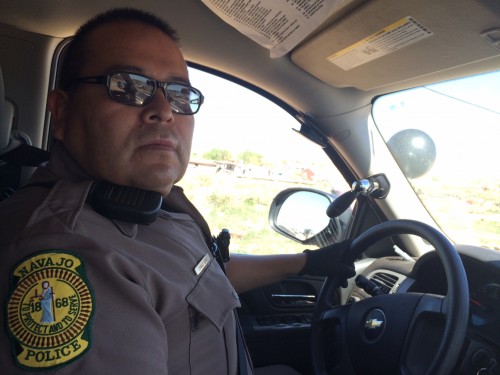By Elizabeth Mohr, Pioneer Press
Minnesota’s U.S. attorney on Thursday announced an indictment against 41 people and the “dismantlement” of a multistate heroin-trafficking ring that targeted American Indian reservations.
Investigators tracked the ring, led by Omar Sharif Beasley, 37, for the past year and confiscated 2 kilograms of heroin, 1 kilogram of cocaine, hundreds of pills and numerous weapons, U.S. Attorney Andrew Luger said. The operation netted the traffickers millions of dollars, he said.
“With Beasley out of business, there will be less heroin sold in Minnesota,” Luger said.
The group’s business model allegedly centered on distributing drugs on the Red Lake and White Earth reservations in Minnesota, as well as at least one reservation in North Dakota, though the dealers themselves were not tribal members.
Tribal police who spoke at Thursday’s news conference with Luger said drug use on the reservations has become epidemic and is tearing families apart.
William Brunelle, director of public safety for the Red Lake Tribal Police Department, said, “The pain and suffering surrounding addiction, overdoses … is devastating.”
In 2007, American Indians accounted for less than 3 percent of those seeking treatment for opiate addiction in Minnesota, Brunelle said. By 2014, that figure had risen to more than 13 percent, he said. “We are nearing a crisis.”
Randy Goodwin, director of public safety for the White Earth Tribal Police Department, called the effect on the tribal community “horrific.”
“Many lives, families and communities have been destroyed by this poison,” Goodwin said.
“Our elders have been victims of threats, abuse and theft. Home invasions and crimes of violence have increased. And sadly, even some of our newborn babies have been exposed as a result of mothers using during pregnancy.”
Goodwin said that, while law enforcement focuses on drug trafficking, efforts must be made to ensure a “safe environment for future generations.” Plans and programs are underway to address addiction and to keep families together, he said. “Now the hard work of healing and wellness begins.”
With 35 of the 41 defendants in custody, Dan Moren, special agent in charge of the federal Drug Enforcement Agency’s office in the Twin Cities, called the bust a “dismantlement of a significant prescription drug- and heroin-trafficking organization.”
Luger said the indictment covers nearly everyone involved in the organization.
He offered a warning “to those who would try to step into the shoes of the Beasley organization to sell heroin in Indian country,” saying his office and law enforcement would investigate and arrest people who bring heroin into the state.
“(We) will do everything we can to protect the people of Minnesota in every corner of Minnesota, from the trafficking of heroin,” Luger said.
A little more than a year ago Luger announced his office’s involvement in “Project Exile,” which launched a focused effort to combat heroin trafficking in Minnesota and netted more than 100 arrests, he said. That investigation produced information about the organization and structure of trafficking rings, as well as names of key players, Luger said. The focused effort led investigators to the Beasley operation, allegedly importing drugs from Michigan, Wisconsin and Illinois.
Beasley’s 40 co-defendants range in age from 23 to 67 and hail from the Twin Cities, Detroit, Chicago, Red Lake, White Earth, Duluth, Milwaukee and elsewhere in Minnesota, Michigan, Illinois and Wisconsin.
Heroin and opiate use has been a growing problem in Minnesota in recent years.
According to the U.S. Department of Health and Human Services, there were 568 emergency room visits for heroin poisoning in Minnesota in 2012, up from 111 in 2001.
According to an April report tracking drug trends in the Twin Cities, “heroin accounted for a record-high 14.6 percent of total treatment admissions in 2014, compared with 14.0 percent in 2013. This compares with 7.8 percent in 2010, and 3.3 percent in 2000.”
Seizures of heroin and prescription drugs in Minnesota declined in 2014, but the DEA and Hennepin County reported increased numbers, the Drug Abuse Dialogues report said.
In Hennepin County, there were 102 opiate-related deaths in 2014, compared with 132 in 2013 and 84 in 2012.
Data for heroin-related deaths for earlier years have been unreliable due to inconsistent or nonspecific categorization, though efforts are underway to better track them.
Moren pointed out that the heroin coming to Minnesota is cheap and relatively pure and that Beasley and his crew peddled both heroin and prescription drugs.
With the bust of a major supplier, Moren said, the focus should now be on treatment and rehab. “When the demand stops, so does the supply,” he said.
Dan Bauman contributed to this report. Elizabeth Mohr can be reached at 651-228-5162. Follow her at twitter.com/LizMohr.





